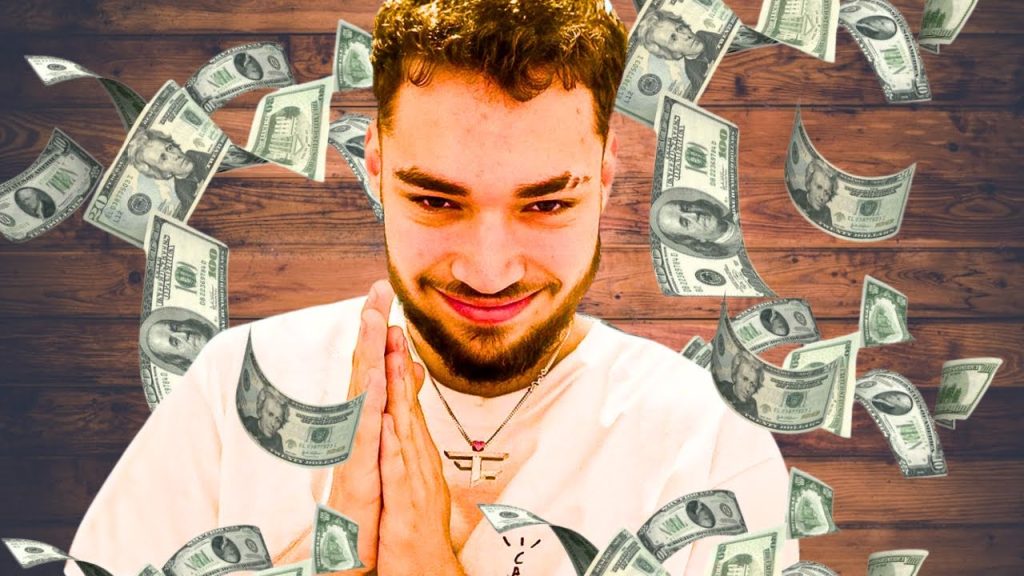Launched in late 2022, Kick is reshaping the live streaming landscape. The platform takes an innovative approach that prioritizes content creators and aims to transform the viewer experience as well.

Kick uses a more lenient content moderation policy and offers a payout model that ensures substantial earnings for streamers. This model doesn’t rely heavily on subscriptions, unlike longtime market leader Twitch.
The strategy is already paying off. Several big names have already joined the platform. Among them is Adin Ross. He was one of the first major streamers to make the switch in February 2023. This came after a standout run on Twitch.
Now, he’s sharing jaw-dropping figures that highlight the financial potential of the platform, over two years into his Kick journey. Meanwhile, Kick hints at a bold move: paying viewers for watching streams.
Adin Ross earned $27,169 together with fellow streamers xQc and Sneako, in just five hours of streaming on April 1. He explained that Kick’s partner program pays streamers by the hour. The rates scale based on audience size — roughly $10 for 50 viewers and $100 for 1,000 viewers. Adin emphasized how easy it is to grow on Kick, chatting with aspiring creators. He notes that his five-hour session brought in what he casually rounded up to $30,000. The model of the platform, which doesn’t hinge on subscriptions for revenue, stands in stark contrast to Twitch, where monetization leans heavily on subs, donations, and ads, often split less favorably for streamers.
Sam Frank, another Kick streamer, has also highlighted the platform’s earning potential. In her best month, she made $80,000 with an average of 35,000 viewers and nearly 15-hour daily streams over a couple of weeks.
She credits Kick with changing her life — and notably, she achieved this without relying on subscribers. Her success underscores how the platform’s payout structure is fueling its rise and may even pressure Twitch to rethink its own partner program.
With high-profile signings and aggressive growth tactics, Kick is emerging as a serious contender, defying early predictions of a quick collapse.


